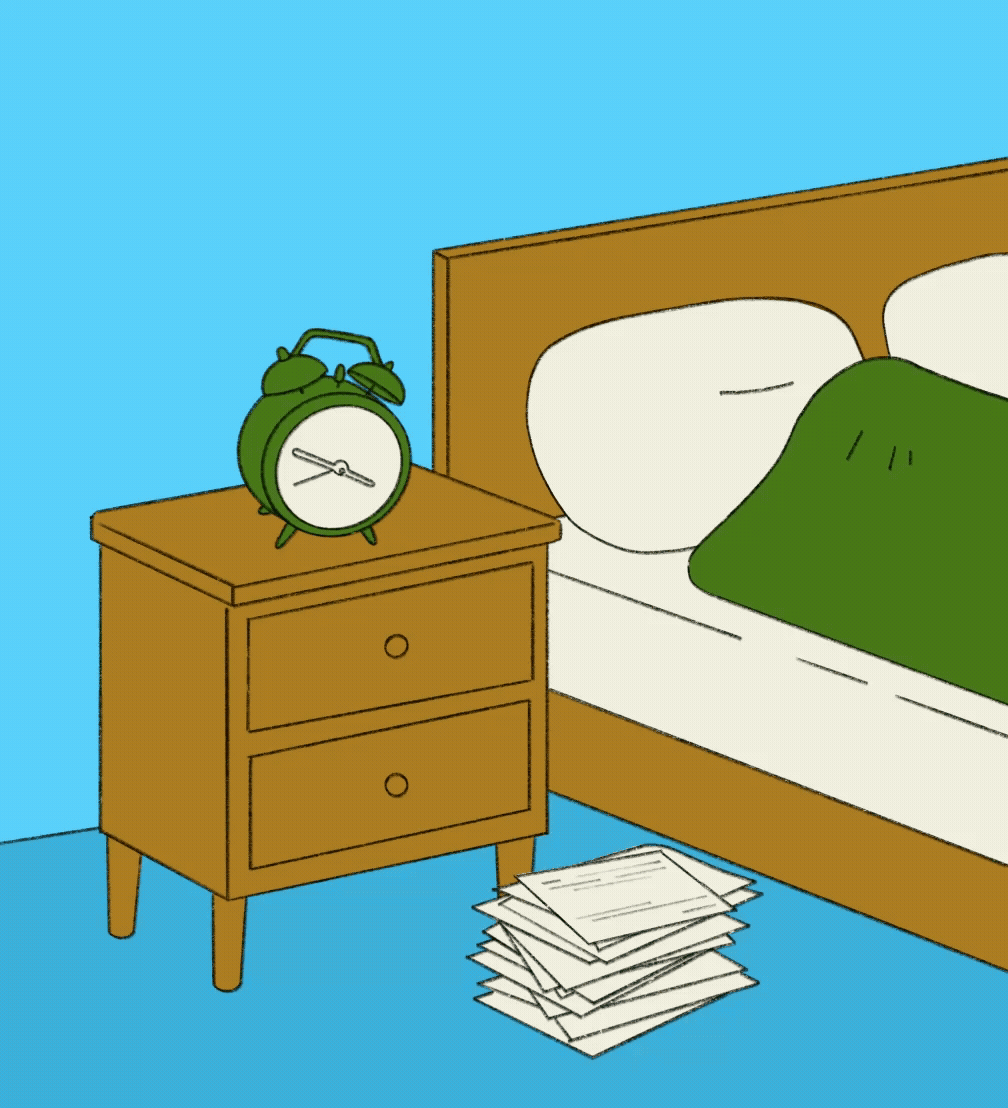
Last week, the Latvian pavilion Landscape of Defence, jointly designed by Sampling and Nomad, opened at the Venice Architecture Biennale, exploring the strengthening of NATO’s external borders in Latvia, its physical imprint on the landscape, and its emotional impact on the border communities. One of the authors of the exhibition is architect Florian Betat, co-founder of Nomad. In the Nice Touch section, Florian talks about the moment he gets the best ideas and what he uses to capture them.
«Some of the most crucial ideas for a project—how to solve a floor plan or rethink a structural detail—tend to appear for me not at the desk, but in that short moment between sleep and waking. It’s a time when I’m not yet pulled into the routine of the day, not yet distracted by emails or other tasks. To catch these fleeting fragments before they vanish, I keep a stack of test prints and failed layouts nearby. They’ve found a second life as sketching paper. I usually feel uneasy about drawing on an empty page—there’s something liberating about drawing on paper that’s already been used. The pressure to be precise disappears, and I can focus on getting the idea out as quickly as possible, just to clear my head and carry on with the day.»
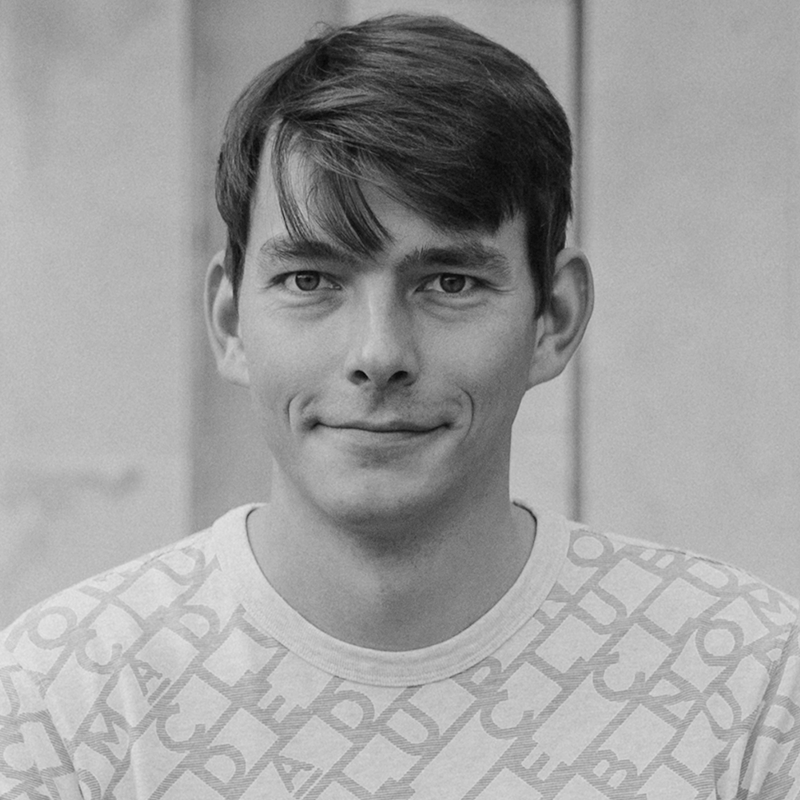
Architect Florian Betat was born in Germany and currently lives in Latvia, where he runs Nomad together with Marija Katrīna Dambe. They focus on socially responsible and sustainable architecture based on hands-on and experimental approaches. Nomad’s latest projects include a self-built cabin in the Latvian countryside and several public buildings in Estonia. In addition to his architectural practice, Florian is actively involved in architectural education and regularly collaborates with artists and researchers on projects related to sustainable architecture and the circular economy. Read the interview with Nomad here.
Florian is one of the authors of the Latvian National Pavilion at the Venice Architecture Biennale 2025. Titled Landscape of Defence, the exhibition examines how militarisation is transforming Latvia’s eastern borderlands, raising questions about architectural responsibility, rural life, and civic space.
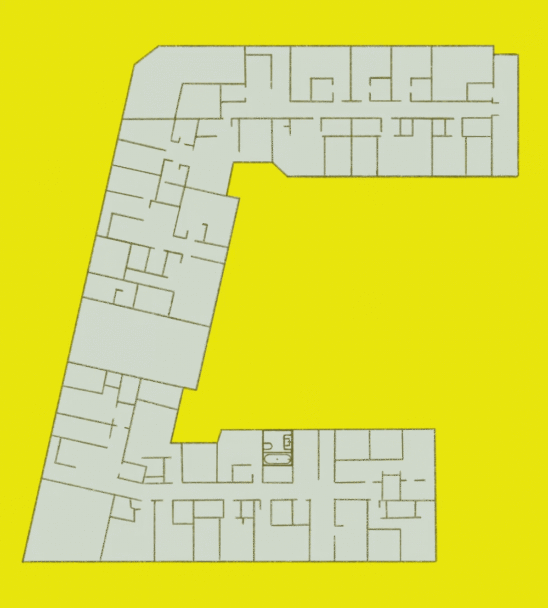
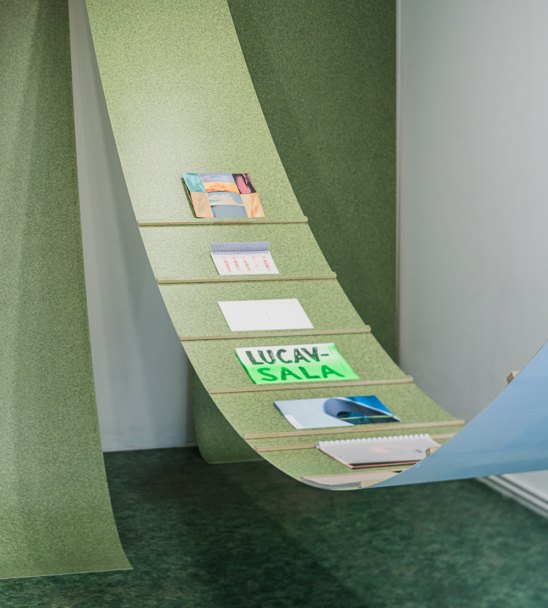
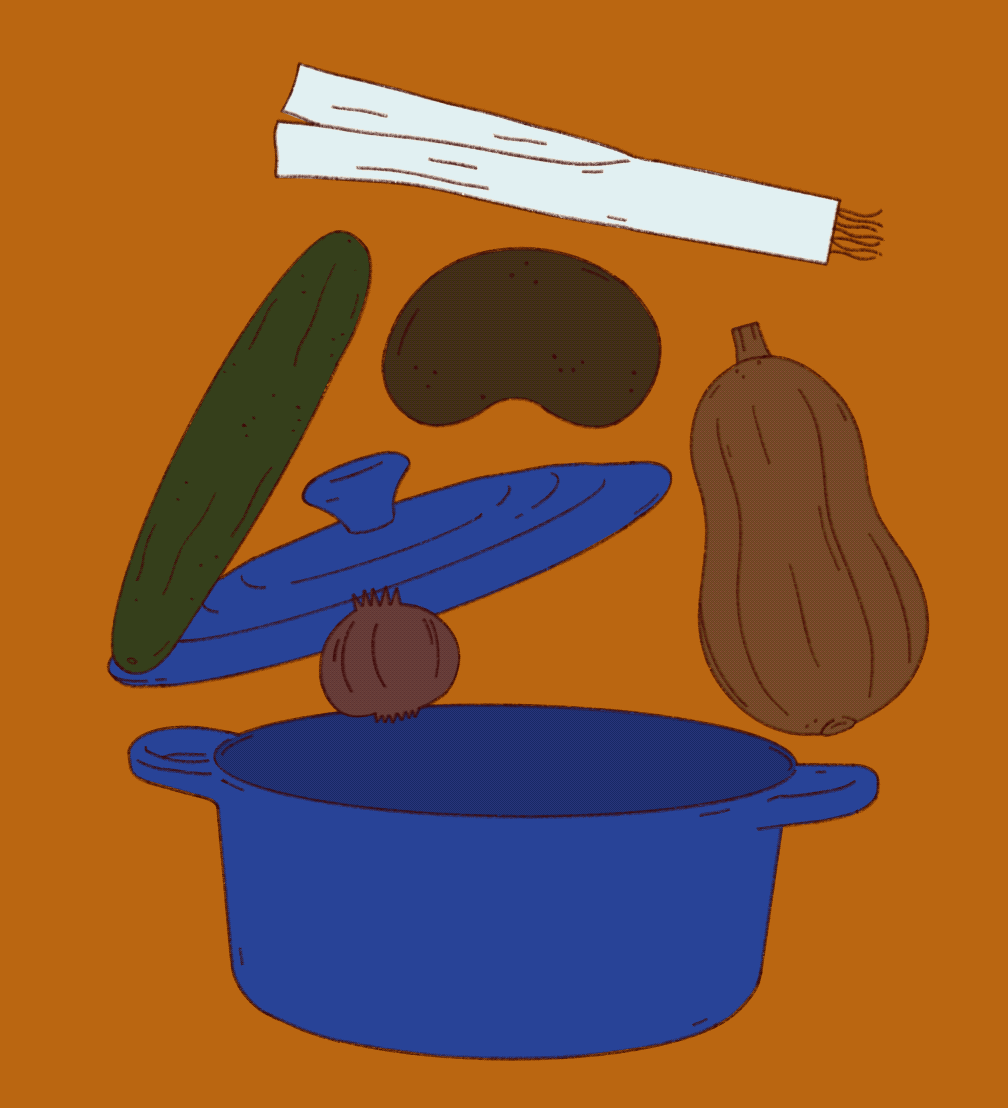
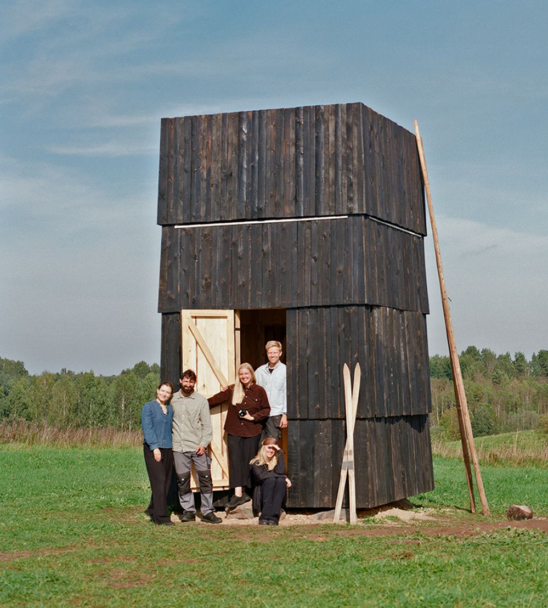
Viedokļi